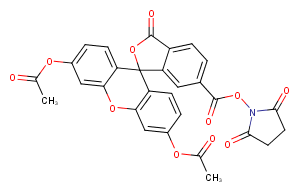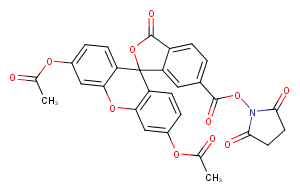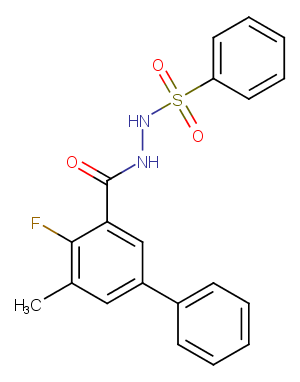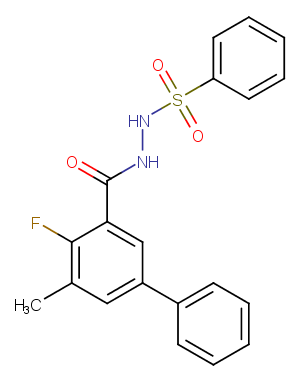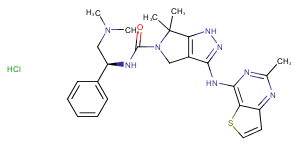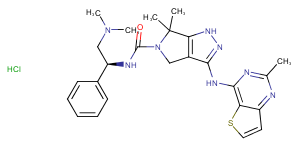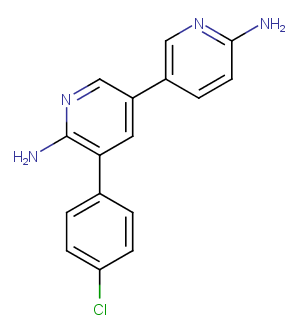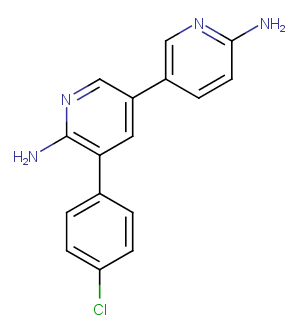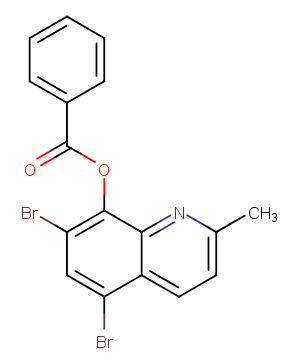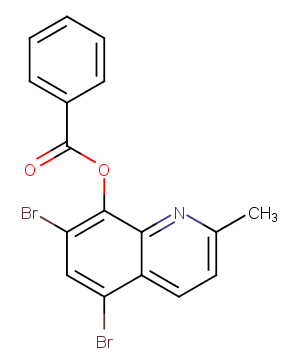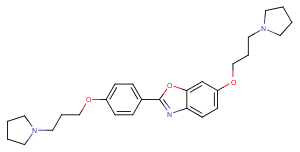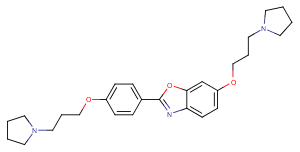TargetMol
The succinimidyl ester group is capable of spontaneously and irreversibly binding to free amines. Utilized in flow cytometry experiments for tracking cell division in both mammalian cells and bacteria. Used in combination with several cell permeabilizers as an effective, nondestructive fluorescencent stain to quickly detect bacterial cells.
More Information
Supplier Page
TargetMol
The succinimidyl ester group is capable of spontaneously and irreversibly binding to free amines. Utilized in flow cytometry experiments for tracking cell division in both mammalian cells and bacteria. Used in combination with several cell permeabilizers as an effective, nondestructive fluorescencent stain to quickly detect bacterial cells.
More Information
Supplier Page
TargetMol
The succinimidyl ester group is capable of spontaneously and irreversibly binding to free amines. Utilized in flow cytometry experiments for tracking cell division in both mammalian cells and bacteria. Used in combination with several cell permeabilizers as an effective, nondestructive fluorescencent stain to quickly detect bacterial cells.
More Information
Supplier Page
WM-8014
10 mg
| 99.95%
TargetMol
TargetMol
TargetMol
TargetMol
PF-3758309, also known as PF-03758309, is a PAK4 inhibitor, is also a n orally bioavailable small-molecule inhibitor of p21-activated kinase 4 (PAK4) with potential antineoplastic activity. PAK4 inhibitor PF-03758309 binds to PAK4, inhibiting PAK4 activity and cancer cell growth. PAK4, a serine/threonine kinase belonging to the p21-activated kinase (PAK) family, is often upregulated in a […]
More Information
Supplier Page
PF-06260933
2 mg
| Purity Not Available
TargetMol
PF-06260933 is a highly selective small-molecule MAP4K4 inhibitor with IC50s of 3.7 and 160 nM for kinase and cell, respectively.
More Information
Supplier Page
TargetMol
E6446
1 mg
| 99.41%
TargetMol
E6446 inhibits Toll-like receptor (TLR)7 and 9 signaling. E6446 works in a variety of human and mouse cell types and inhibits DNA-TLR9 interaction in vitro. When administered to mice, this compound suppress responses to challenge doses of cytidine-phosphate-guanidine (CpG)-containing DNA, which stimulates TLR9.
More Information
Supplier Page
